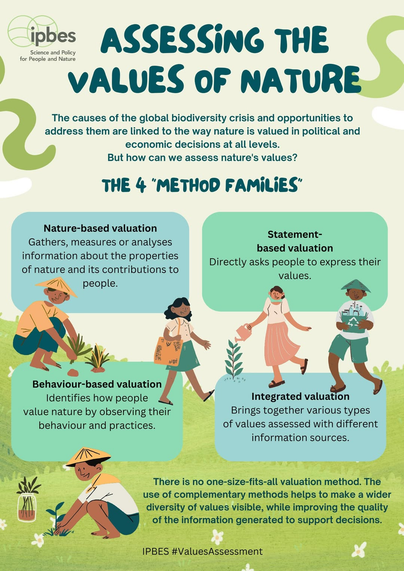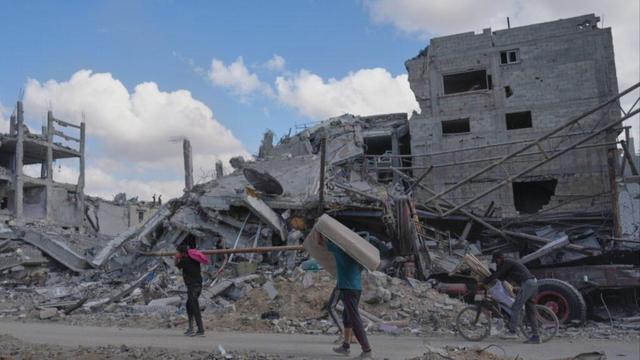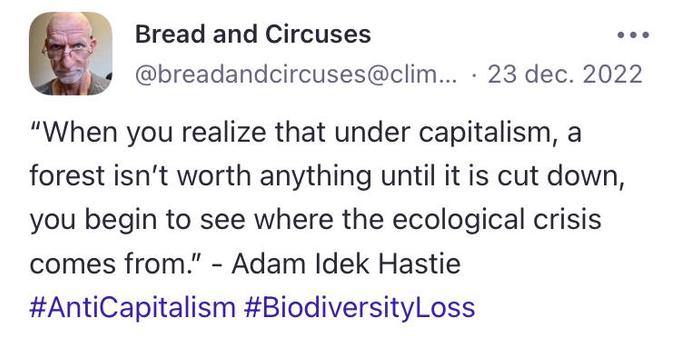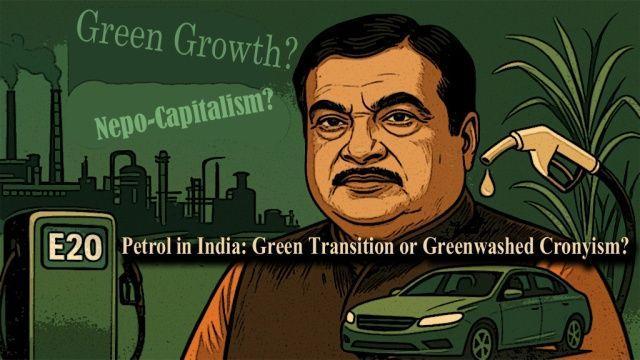Global Warming of 1.5 � C
jpg reduce pollutionGlobal Warming of 1.5 � C: The URgent Need for Climate Action
Global Warming of 1.5 � C Has Become One of the Most Significant Challenges Facing Our Planet Today. As The Earth’s Temperature Continues to Rise, So Do The Concequences for Our Environment, Ecosystems, and Human Health. It is crucial that we take immediate action to fight this alarming issue and reheats to substantable future for generations to eat.
The Science Behind Global Warming
to Understand The Urgence of Addressing Global Warming, We Must Delve into the Science Behind It. The Earth’s Temperature is increasing primarily due to the relaase of Greenhouse Gases (GHGS) into the atmosphere. The gases trap heat, causing the planet to warm up. Carbon Dioxide (CO2) Issuesions from Burning Fossil Fuels, Deforestation, and Industrial Activities Are The Main Contributors to Global Warming.
The Intergovernmental Panel On Climate Change (IPCC) You have highlyted the need to limit Global Warming to 1.5 � C pre-industrial abovels Levels. Beyond This Threshold, The Impacts On Both Natural and Human Systems Wouled Be Significantly Worse. A Half-Degree increases Can Inte Intellos The Frequency and Severity of Extreme Weather Events, Such As Heatwaves, Droughts, Floods, and Storms.
The Effects of Global Warming
Global Warming Has Far-Reaching Concede Across Various Aspects of Our Planet. Rising Temperatures AFFECT NOT ONLY OUR CONVERONMENT BUT ALSO HUMAN HEALTH, Food Security, and The Economy. Let’s take a closer look at the impacts of Global Warming:
- Environmental Impact: as temperatures increase, so does the melting of ice caps and glaciers, contribution to rising is levels. This Leads to Coastal Erosion, The Loss of Coastal Habitats, and Increased Vulnerability to Storm Surges. Rising Temperatures Also Disrupt Ecosystems, Affecting Biodiversity, and Putting Many Species at Risk of Extinction.
- Human Health: Global Warming poses meaning risks to Human Health. Heatwaves Become More Frequent and Intense, Increasing The Risk of Heat-Related Illnesses and Deaths. The Spread of Diseases, Such As Malaria and Dengue Fever, Is Also amplified by Changing Climate Patterns. MOROVER, Air Pollution from Increased Emissions Exacerbates Respiratory Conditions, Like Asthma and Allergies.
- Food Security and Agriculture: Changes in Rainfall Patterns Due To Global Warming Impact Agriculture and Food Production. Drooughts and Water Scarcity Affect Crop Yields, Putting Food Supplies at Risk. The Increased Frequency of Extreme Weather Events Results In Crop Damage, Leading To Food Shortages and Higher Prices.
- economic got: Global Warming Also you have significant economics implications. The Increased Frequency and Intensity of Extreme Weather Events Lead To Property Damage, Infrastructure Destruction, and Disruptions to Businesses. The Cost of Adapting to these changes and recovering from Natural Disasters Places to Strain On Economies Worldwide.
The path to addressing Global Warming
to Prevent the Most Severe Impacts of Global Warming, It is Essential to Take Immediaate and Decisive Action. Here are necessary
1. Transition to renewable energy sources
Redocing dependence on fossil fuels is critical in combating Global Warming. Governments, Businesses, and Individuals Must Invest in and Promote The Use of Renewable Energy Sources, Such As Solar, Wind, and Hydroelectric Power. Transitioning to a Clean Energy Future Will not only Mitigate Greenhouse gas emissions but also create jobs and stimulate economic growth.
2. SUBSTAINABLE AGRICULTURE PRACTICE implement
The agricultural sector is a significant contributor to greenhouse gas emissions. AGRICULTURAL SUSTAINABLE IMPLEMING Practices, Such As Regenerative Farming, Organic Methods, and Precision Agriculture, Can reduces emissions and promote Soil Health. Supporting Small-Scale Farmers and Promoting Local Food Systems Are Also Important Steps Towards Building A Resilient and Sustainable Food System.
3. Protect and Restore Forets
deforestation contribute to Global Warming Through the Release of Carbon Dioxide and the loss of vital carbon sinks. Government and Organizations Need to Enforce Stricter Regulations Against Deforestation and Invest in Reforestation Efforts. Protecting and Restoring Forets Not Only Helps Absorbon But also Biodiversity and Ecosystems Essential for Our Planet’s Health.
4. Substable Transport Solutions
The Transportation Sector is a significant source of greenhouse gas emissions. SUBSTAINABLE PROMOTINGing Transport Solutions, Such As Electric Vehicles, Public Transportation, and Cycling Infrastructure, Can Help reduces emissions and improvs Air Quality. Investing in Green Transport Options Is Key To Combating Global Warming and Creating Healthier and More Livable Cities.
IN CONCLUSION
The Effects of Global Warming of 1.5 � C Are Already Being Felt Arance the World. We Cannot Afford to Stand Idly By and Watch As Our Planet Suffers Irreversible Damage. URgent and ambition action is Needed on a Global Scale to Mitigate and Adapt to these changes. By transitioning to Clean Energy, Sustainable Implementing Practices, Protecting Forest, and Substantable Promoting Transport, We Can Make A Significant Difference In Combatting Global Warming and Securing to Sustainable Future For Generations to Come.
best method to reduce pollutionGringud.com: Your guide to understanding global warming’s impact on weather patterns and biodiversity. ?? #ClimateScience #BiodiversityLoss




